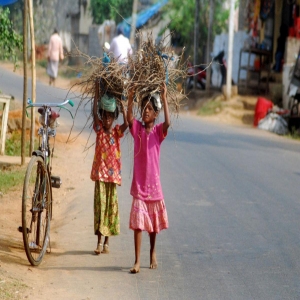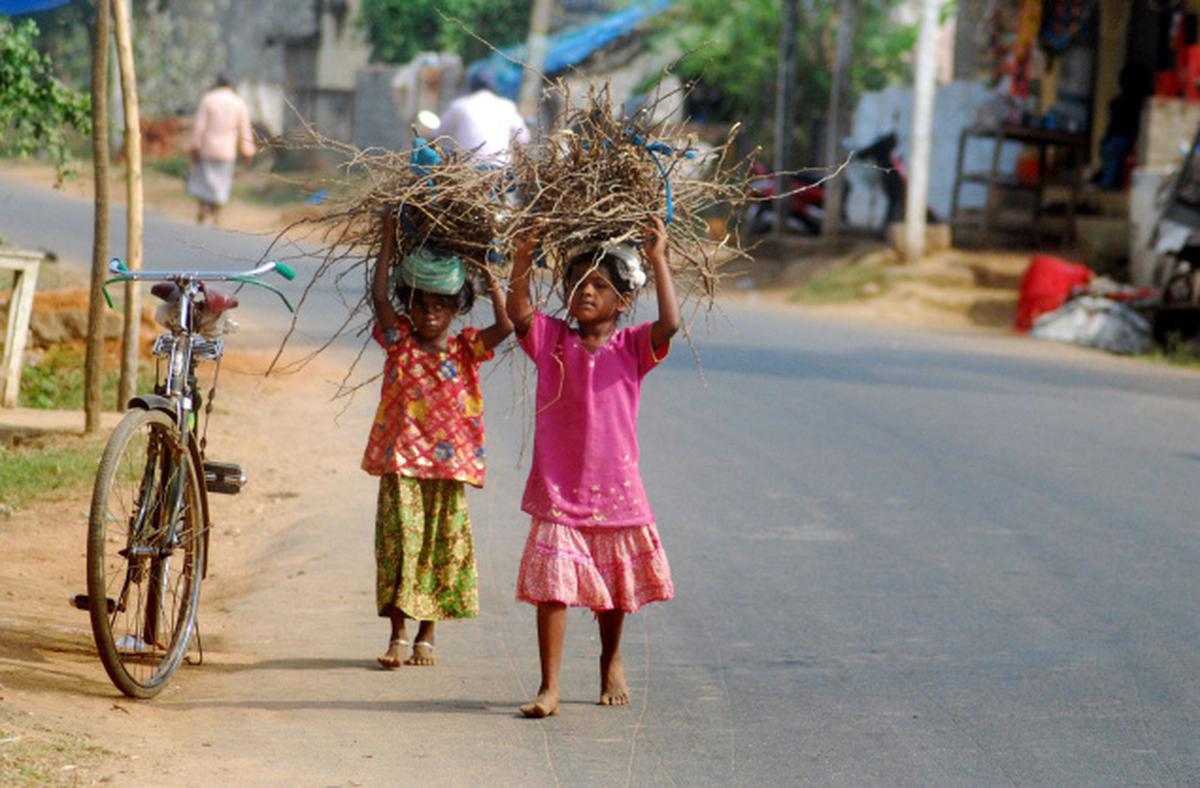
.png) M L Satyan
M L Satyan

I had an opportunity to work with the Functional Vocational Training and Research Society (FVTRS) from 2008 to 2014. The focus group of FVTRS was school dropout students. Local NGOs partnered with FVTRS to provide skill training to school dropout students. My interactions with the school dropout students invariably haunted me.
The school dropout rate during that period was indeed alarming. Has the situation improved now? Not really. After a gap of more than two years, the Ministry of Education's Unified District Information System for Education Plus (UDISE+) 2022-23 and 2023-24 data was released on December 30, 2024.
The reports present a brief analysis at the all-India level and state-specific statements for all the States & Union Territories. UDISE has reported declining school enrollment for the academic year 2023-24. According to the report, enrollment in schools nationwide dropped by 37 lakhs in the academic year 2023-24. The decline was observed across both genders. The number of female students dropped by 16 lakhs, while the number of male students fell by 21 lakhs.
In states such as Uttar Pradesh, Madhya Pradesh, Assam, Odisha, Andhra Pradesh, Himachal Pradesh, Jammu and Kashmir, Uttarakhand and Rajasthan, the percentage of schools available is more than the percentage of students enrolled, implying underutilisation of available schools.
"Whereas in states like Telangana, Punjab, West Bengal, Haryana, Gujrat, Maharashtra, Tamil Nadu, Delhi and Bihar, the percentage of available schools is significantly less as compared to enrolled students, indicating better utilisation of infrastructure," the report said.
A recent National Statistical Office (NSO) survey revealed that around 12.6% of students drop out of school in India. Of these, 19.8% discontinue education at the secondary level, and 17.5% drop out at the upper primary level.
The following are the major causes:
Child Labour: Many families, especially those living in poverty, rely on contributions from their children for survival. As a result, children are forced to abandon their education to work in various sectors, including agriculture, manufacturing, and domestic service. Child labour not only deprives them of their right to education but also exposes them to potential exploitation and health risks.
Child Marriages: Early marriages, particularly for girls, contribute significantly to the dropout rate. In many parts of India, cultural norms and economic pressures lead to child marriages. India has the highest number of girls and women married during childhood, with 34% being married before the age of 18 (source: UNICEF, 2023).
Quality Education: The lack of engaging and quality education can also reduce student commitment. Children who do not find their studies interesting or relevant are likelier to lose interest and eventually drop out.
Gender Disparities: Gender inequality is a significant reason behind school dropouts in India. Safety concerns, household responsibilities, and societal norms often prevent girls from receiving education.
Health Issues: Health problems, including malnutrition and chronic illnesses, contribute to school dropouts. Children lacking proper nutrition or frequently suffering from illnesses struggle to attend school regularly and perform well academically. Such situations can cause frustration and eventually lead to dropout.
Parental Involvement: Parental involvement plays a big role in a child's educational success. However, in many cases, parents may not value education due to their own lack of awareness or economic pressures. Lack of support and encouragement from parents can prevent children from continuing their studies.
The following recommendation can address the school dropout issue:
Strengthening Early Childhood Education: Investing in early childhood education is vital as it lays the foundation for lifelong learning. It is estimated that around 47% of children in India drop out before reaching secondary school. To address this, the government should prioritise early childhood education programs, ensuring preschool access and providing quality education during the formative years.
Enhancing Educational Quality: Quality education is key to keeping children engaged and in school. To enhance educational quality, we need to support initiatives to improve teaching methods, provide better learning materials, and introduce relevant curricula. We can also train teachers in interactive and child-friendly teaching techniques.
Improving Teacher Training: Investing in teacher training programs can ensure teachers have the skills and knowledge to deliver effective instruction. The National Council for Teacher Education (NCTE) has been working to improve teacher education standards in India.
Counselling and Tutoring: Counselling and tutoring services can help students who are struggling academically or socially. Many schools have established counselling centres to support students.
Enhancing Infrastructure and Facilities: Improving school infrastructure is crucial in reducing dropout rates. Many children, especially in rural areas, leave school due to a lack of basic facilities. By working with communities, social workers and local stakeholders, we can ensure that schools have adequate classrooms, clean water, and sanitation facilities. These improvements help to encourage regular attendance and reduce dropouts.
Promoting Community and Parental Involvement: Community and parental involvement is crucial in addressing school dropouts in India. Awareness programs can be organised to educate parents about the importance of education. Parent-teacher associations and community watch groups can be created to monitor children's attendance and progress.
Promoting Gender Equality: Gender inequality is a significant factor in school dropouts, particularly for girls. We can advocate for girls' education, provide scholarships, and work to change societal attitudes towards girls.
Addressing Health Issues: School health and nutrition programs, including regular health check-ups and mid-day meal schemes, could be conducted. We can also educate children and parents about the importance of hygiene and proper nutrition.
Strengthening Enforcement of Child Labour Laws: The local community can work closely with authorities to strengthen the enforcement of child labour laws. Awareness campaigns can be conducted about the harmful effects of child labour, and people could be educated about the legal repercussions. Alternative income generation programs can be organised for families to reduce their dependence on child labour.
Universal access to education is imperative for the growth and development of individuals and society. High dropout rates pose significant challenges in achieving this goal in Indian schools. By implementing the above recommendations, we can make substantial progress in curbing dropout rates and ensuring equal educational opportunities for all children. Let us strive together to build an inclusive and accessible education system that empowers every child to reach their full potential.